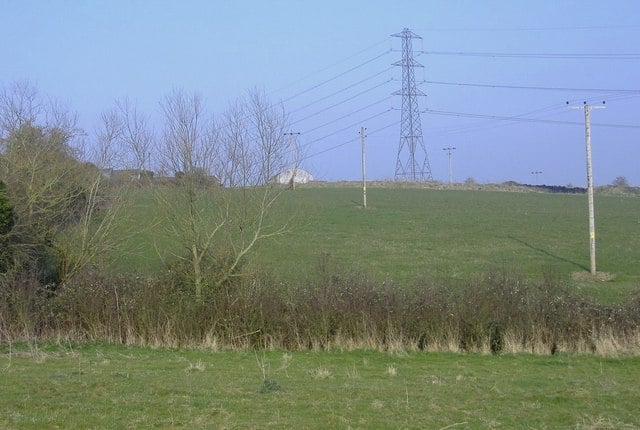
Energy regulator Ofgem has approved grid connection reform, a move that solar trade association Solar Energy UK supports.
The new process, prioritising project readiness and alignment with the government’s Clean Power 2030 plan (CP30), was put forward by the National Energy System Operator at the end of last year. Ofgem said it is ‘minded-to’ implement the reforms as suggested and has opened a final round of consultation.
Energy secretary Ed Miliband said: “Our Clean Power Action Plan will fix the broken ‘first come first served’ system and these changes will mean a targeted approach which prioritises quicker connections for the right projects in the right place, so Britain can accelerate towards a new era of clean electricity.”
CP30 requires current generation capacity on the grid to double over the next five years. The queue of projects awaiting a grid connection far exceeds the number that would meet clean power ambitions, and moving those projects forward was noted as a critical element of the plan.
Ofgem’s decision means that new grid connection offers will be accelerated and the first could be connected and operational from 2026.
Akshay Kaul, Ofgem’s director general for Infrastructure, added: “It will also help speed up connections for public services, including housing, hospitals and EV charging stations, as well as new industries like data centres which are key to boosting economic growth”.
Chris Hewett, chief executive of Solar Energy UK, commented: “We firmly support the need for reforming the grid connection queue. Prioritising those most ready to go ahead should be welcomed.”
However, he noted that the industry is concerned about “potentially adverse consequences after 2030 – a potential cliff edge for the industry.”
“Ofgem says that projects will have to be perceived as ‘needed’ under the Clean Power 2030 Action Plan, which risks turning the plan’s regional projections for 2035 into de-facto caps, slowing down the pace of decarbonising the grid just when it needs to accelerate.
“Doing so would place many solar and battery storage projects that are under active development into the same category as those that are least ready, putting £26 billion of planned investment at risk. We must have a clearer steer from Government on what their 2035 projections mean for our industry, and an uplift to those numbers if they wish to encourage continued investment in our fast-growing sector,” he added.
Shraiya Thapa, clean energy knowledge lead at law firm Freeths, echoed this: “For certain regions and technology types in particular (namely battery energy storage) this will create inevitable winners and losers when it comes to projects as the connection queue is currently massively oversubscribed in comparison to the government’s clean power 2030 targets.”
A version of this article was published first on our sister site, Current±.

